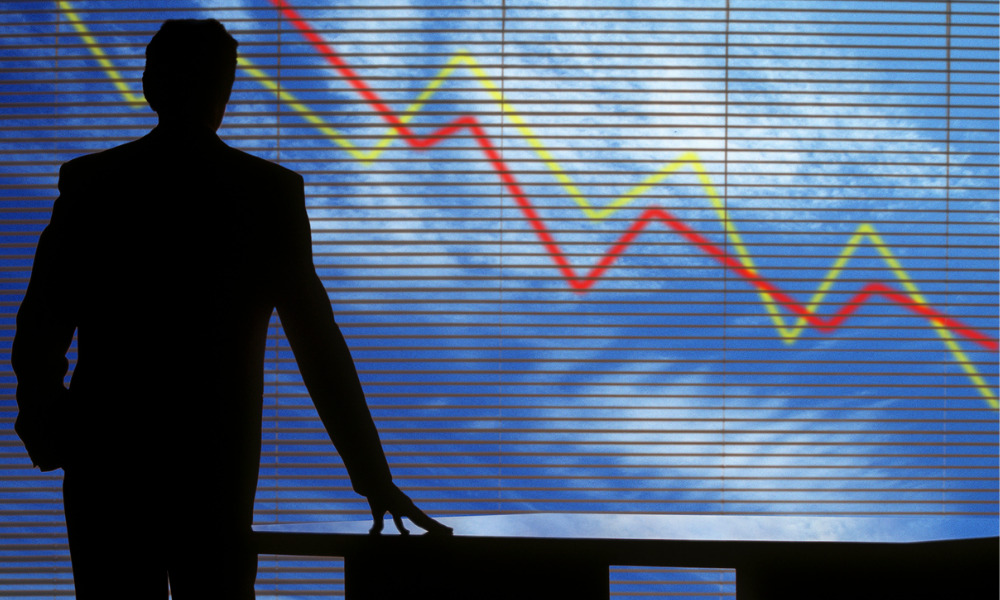It's vital to understand the current geopolitical consequences, warns CIO

While the current global situation is challenging, advisors should be mindful of the new geopolitical environment shaping up and its future impact, one chief investment officer warned.
“The European region is more exposed to the direct economic impact from the war, given the reliance on energy from Russia,” Raman Srivastava, Great-West Lifeco’s Global Chief Investment Officer told a Canada Life webinar that Wealth Professional attended.
“We’ve seen the data that food inflation is beginning to spike, which has an impact on some of the most vulnerable people in the globe, particularly those in parts of the emerging markets. So, there’s more of an impact in Europe and parts of the emerging markets, but I think it is more muted in North America. The conflict in Ukraine doesn’t have as much direct impact on our economic growth.
“But, I think it’s important to reflect on the potential geopolitical consequences and what they mean in terms of risks going forward. It feels like we’re entering into a new cold war between the U.S. and maybe the west and Russia. The Russian economy is not as large as it was in the ‘80s, so it’s less of a direct macro risk. But, I think a key question is what the other countries do in it. Could this become something a bit larger than just a Russia-US or Russia-west conflict if this war is prolonged? I think the one to watch here is China. And, if this war, which is now confined to a small region, expands into a cold war, or, as Joe Biden has mentioned, a war between democracy and autocracy, that’s something much different and could have a lot more impact in terms of inflationary impacts.”
Srivastava noted the International Monetary Fund had recently downgraded its growth forecast for the global economy based on the conflict. That’s raised the question of stagflation.
That situation builds on the fact that interest rates and inflation are a bigger concern than a year ago, when the central banks thought inflation was transitory.
“Now, central banks find themselves behind the curve, trying to crush that genie back into the lamp,” he said, noting that’s raising the question of how many interest rate hikes there can be.
Srivastava attributed inflation more to goods – food, gas, housing, automobile – than services, so expects it will subside as supply chain bottlenecks are alleviated. Some of the post lockdown pent-up demand will also ease. So, markets are expecting interest rates to be about 3% for the foreseeable future, but he thinks there’s some risk to that since baby boomers are retiring and spending their savings, primarily in health care. China is beginning to increase wages, and COVID has also shortened supply chains – and all of those factors are inflationary.
“To me, the risk is, if you look over the medium term, the central banks may think they’ve declared victory on inflation. But, really, that 3% is too low a number. If you remember, interest rates were 6% back in the early 2000s,” he said. “So, really the challenge that central banks have been navigating is that it’s a really difficult line to draw between not hiking rates too much, but then not being too slow, either. This risk of stagflation is already a big one in the market, and it has the potential to become even a bigger problem with his war.”
But, given that household balance sheets are fairly strong and there’s still a lot of government spending, Srivastava said he thinks there’s only a one in three chance of a recession developing.
“If you get wage pressures, you get service inflation before the Fed and other central banks have to hike again. So, I think, if you have a longer timeframe, say 24 months, the odds of a recession go up,” he said. "Then, in the next two or three years, we’re going to find ourselves in a much lower growth environment.”



